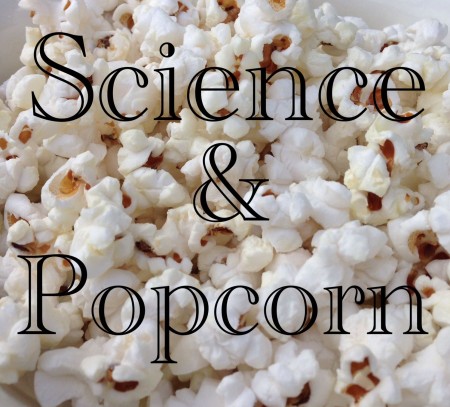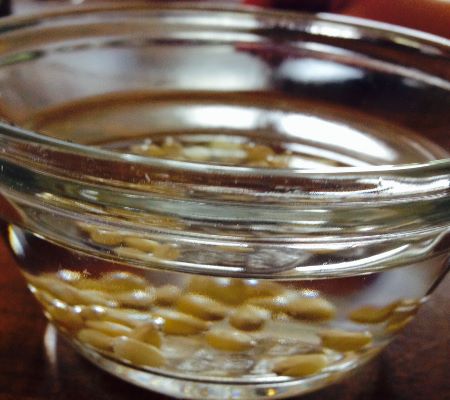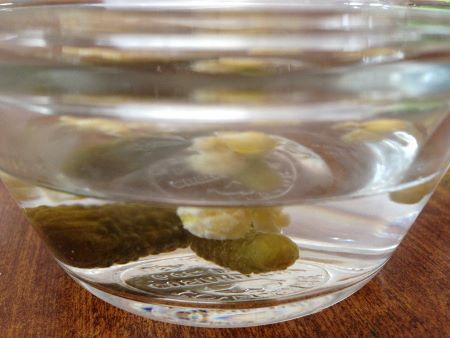How to Combine Thanksgiving and Science in your Elementary Classroom
How to Study Seeds with Popcorn
by Christy McGuire, Contributor
Students’ minds are turning to the holidays. You can harness some of that excitement by including some holiday-themed activities in your classroom.
There are many great learning activities that follow holiday themes. Here are two activities that combine Thanksgiving and science.
We love studying (eating!) popcorn seeds year round at our house.
Here are two activities that will help your students understand the parts and functions of a seed.
Used together you have a hands-on opportunity to discuss all the parts of a seed and their functions, and the general characteristics of a seed as well.
A key to making these activities irresistible. Is to use the same popcorn for all parts of the demonstration. If possible, pop the corn in front of your students.
Activity one : Grow a Popcorn Plant
This classic demonstration is more intriguing done with popcorn.
Materials:
- unpopped corn
- baggies
- wet paper towels
- tape
- windows
Steps:
1. Let your students place three or so kernels in the baggy with a wet napkin.
2. Write their names on the baggies and tape them to the window.
Corn germinates quickly, so if you set this demonstration up on Friday, chances are good that by Monday you will have something fun to look at.
Some questions to ask the day that the seeds germinate:
“Where does the energy for the little plant to grow come from?”
“Why do all of our plants look similar to each other?”
“Why is corn planted in the spring and not in the fall?”
Activity two: Seed coat observation
This activity was actually developed by my children. Playing in water is always a hit!
For maximum excitement, pull this activity out on the day your students find the germinated popcorn seeds as a kind of extension.
Materials:
- unpopped corn
- a method for popping the corn
- water in small dishes
Steps:
1. Hand out popped and unpopped corn.
2. Tell your students to draw pictures and write descriptions in their science journals.
3. Have your students place unpopped corn in a dish of water.
4. Pop some corn.
5. Have your students place it in a second dish of water.
6. Wait for five minutes or so. While you are waiting, discuss the seeds.
“What is the difference between these two types of popcorn?”
“What is the yellow shiny thing on the outside of the unpopped corn?”
“Why do you think seed coats are important?”
7. When the five minutes has passed, encourage your students to make observations and record them by drawing pictures and writing descriptions. First have them just look at the seeds, then allow them to touch the seeds as well.
Some questions to ask in summary:
“What about the seeds changed?”
“What stayed the same?”
“Why do you think the seed coat is important?”
Finally after all that work, be sure to EAT some popcorn. (Check for corn allergies first.) Nothing is better than eating your own experiment! Oh, and while you are munching, “What is it about seeds that makes them good to eat?”
Christy McGuire is a trained physics teacher who loves developing new ways for students to engage with science. While taking a break from the high school classroom, Christy rediscovered that young children are tons of fun, and can learn powerful science and math too. Now she is attempting to cross the excitement of early childhood style learning with serious STEM study to benefit students on both ends of the learning process. Find activities and reflections on STEM learning on her blog: www.ThrivingSTEM.com.








Trackbacks & Pingbacks
[…] week I gave some ideas for teaching younger students about seeds using popcorn. Corn germinates quickly and grows quickly too, which makes it a great plant to measure over a […]
Leave a Reply
Want to join the discussion?Feel free to contribute!